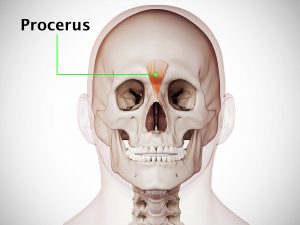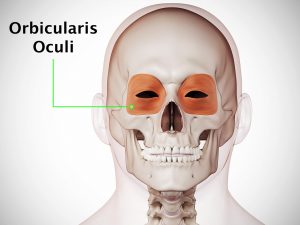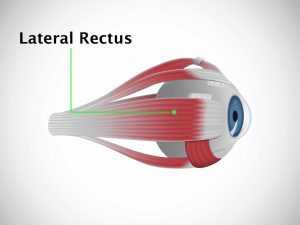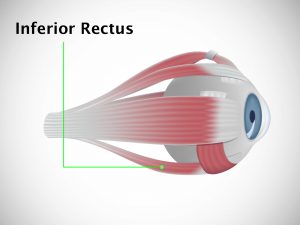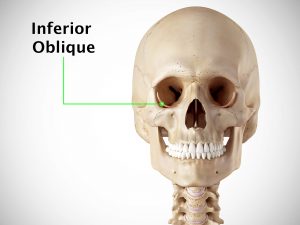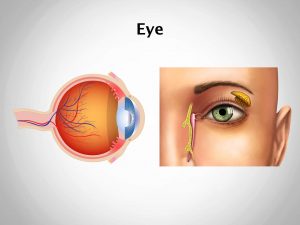Causes and risk factors
Scotoma can be caused by pituitary tumors, retrobulbar neuritis, macular degeneration, exposure to lasers or toxic substances, nutritional deficiencies, or due to obstruction to the blood flow to parts of the eye. Eye diseases such as glaucoma, cataract, or vitreous opacification can cause scotoma. Preeclampsia or malignant hypertension can also produce a scotoma.
Clinical presentation
Depending upon the location of the scotoma, it can be of 4 different types:
Central scotoma: Causes impairment of central vision.
Peripheral scotoma: Causes impairment of a part of the peripheral vision.
Paracentral scotoma: Causes impairment of an area near the central vision.
Hemianopic scotoma: Causes impairment of one half of the central vision.
While looking at any object, the patient will notice a blurred or black spot in a fixed area of vision, depending upon the location of the scotoma. The vision peripheral to the blind spot will appear normal.
Investigations
Scotoma can be diagnosed on the basis of visual field testing. In this test, mapping of the visual field of each eye is done. The patient is advised to look at a screen and press a button whenever he sees a light with his peripheral vision. This test helps to detect the location and dimensions of scotoma.
Other investigations may be suggested in order to detect the cause of the scotoma. This includes ophthalmoscopic examination, imaging scans of the brain, necessary laboratory tests and sometimes, even an angiography.
Treatment
Treatment involves identifying and treating the underlying cause of scotoma. However, the scope for improvement of scotoma is very limited.
When to contact a doctor
Contact a doctor as soon as you experience any visual loss or blurring.
Systems involved
Ophthalmology, nervous.
Organs involved
Eyes, brain











